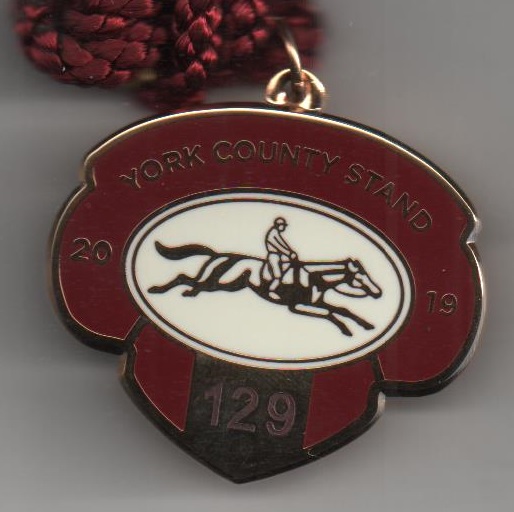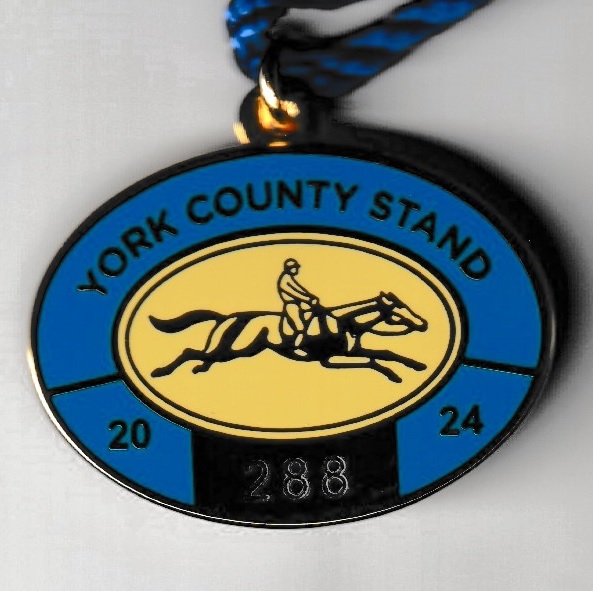
The city of York is steeped in history, as is the recourse, with races known to have taken place just outside Micklegate Bar as early as 275 AD. Move forward almost 1300 years and racing was staged at the Clifton Ings course in the Forest of Galtres in 1530. A silver bell was the prize for Oswald Wyllesthorpe in defeating William Mallory. It is believed that regular race meetings had taken place prior to this date, although York City Corporation minutes mentioned the 9th April 1530 meeting. Meetings were held at Acomb Moor in 1633; at Clifton and Rawcliffe Ings between 1709 and 1730, although there was concern with all of those courses due to their proximity to the river. Throughout that period, and certainly towards the latter end of it, there was concern that flooding from the Ouse would jeopardise the racing. The final straw came when the 1730 meeting, due to be held on a Wednesday, had to be held over to the Saturday due to flooding. The first meeting was held on the Knavesmire on Saturday 11th August 1731 and lasted for six days, although in those days racing was just part of the entertainment. In 1739 the success of Smallhopes in the King's Plate was overshadowed by the hanging of Dick Turpin on 20th August. The grandstand, opened at the summer meeting in 1755, was the brainchild of Lord Rockingham, who organised the sale of two hundred and fifty £5 shares entitling holders to a free entry badge for the next 100 years. The famous Gimcrack Club was founded in 1767, named after the grey which won 26 races but never managed a victory at York. The Club initially met at The Punch Bowl and later at Harker's Hotel before switching to The Station Hotel. Royal visitors graced York racecourse in 1789 when both The Prince of Wales and The Duke of York attended, with the Duke of York Stakes still forming part of the programme of races held today. York suffered a decline in popularity when only 8 horses were entered for the meeting on 16th May 1839 and it was thought that the decline started when public hangings were no longer part of the racing programme. The racecourse was in danger of being overtaken as the main northern meeting by Doncaster which could boast The St Leger. York needed to restructure its meeting to include memorable, high class races, so in 1843 the Ebor Handicap was introduced, while the Gimcrack Stakes followed in 1846. The year 1851 was one of the most important in York’s history when arguably the most famous match of all time took place on 13th May, witnessed by a crowd in excess of 100,000. Voltigeur had won the Derby and St Leger in 1850, while The Flying Dutchman had won the Derby and St Leger in 1849. The two had met in the Doncaster Cup and Voltigeur had prevailed. In the York Match Voltigeur carried 8st, while The Flying Dutchman carried 8st 8 1/2 lbs and it was sweet revenge for The Flying Dutchman, winning by a length. Although York Steeplechases were introduced in 1867, it was never as important as Flat racing, lasting only until 1885. Racing ceased during the First World War when the stands were used by the military, and lapsed again during the Second World War when the course was used as a Prisoner of War camp. In 1972 Queen Elizabeth II graced York with her presence on 15th August, witnessing the defeat of Brigadier Gerard by Roberto, while in 1979 Sea Pigeon, much loved by the Yorkshire crowd, won the Ebor in the hands of Jonjo O'Neill, prevailing by only a short head from Donegal Prince. In 2005 York became Ascot when the Berkshire course closed while its new grandstand was being built. York racecourse was transformed as it became an oval to accommodate every race on the traditional Royal Ascot programme. Currently the course stages 17 fixtures annually.
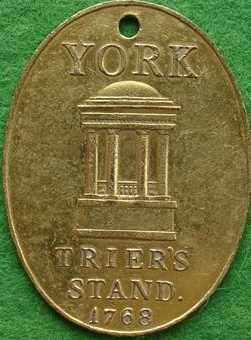


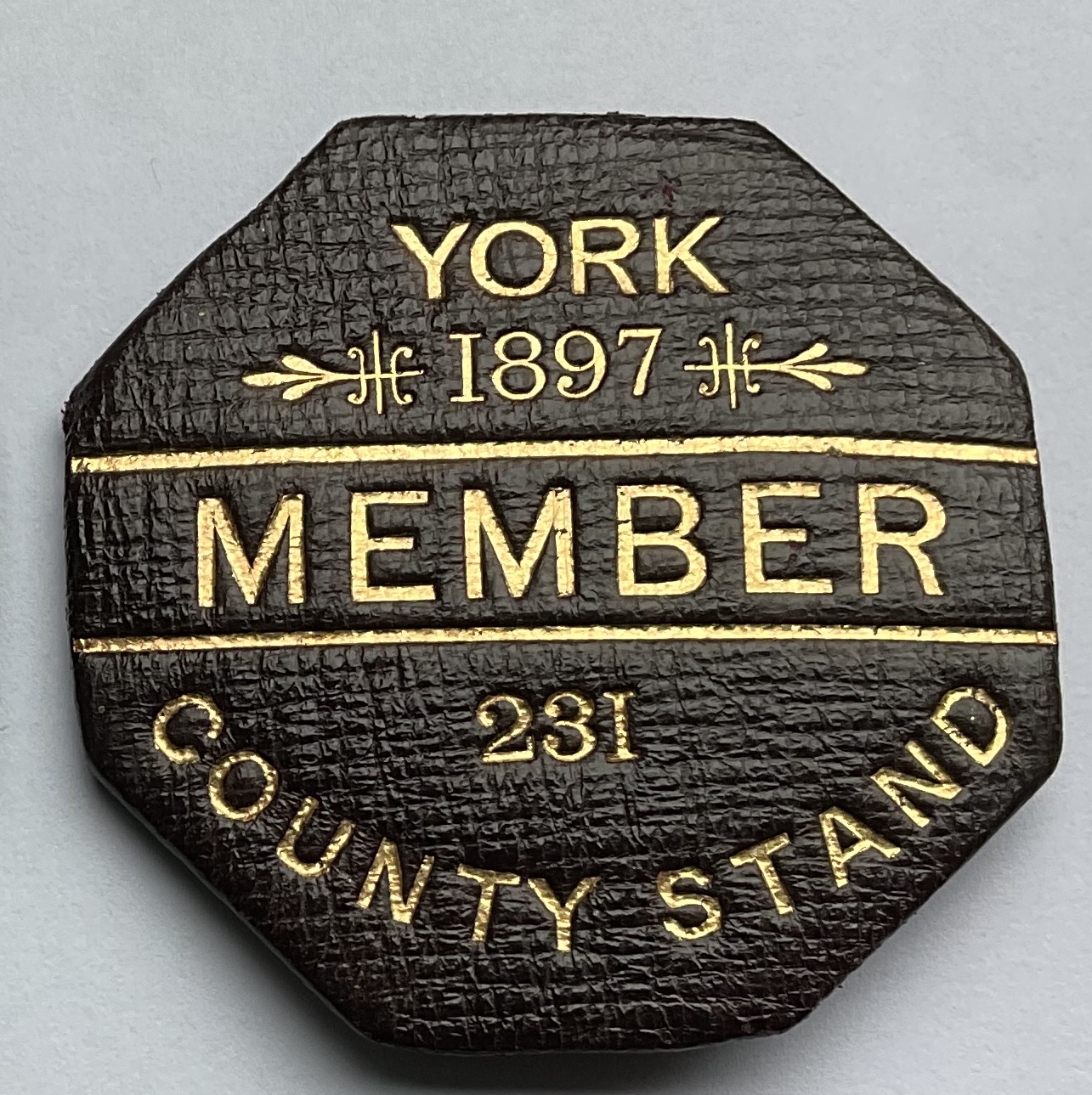

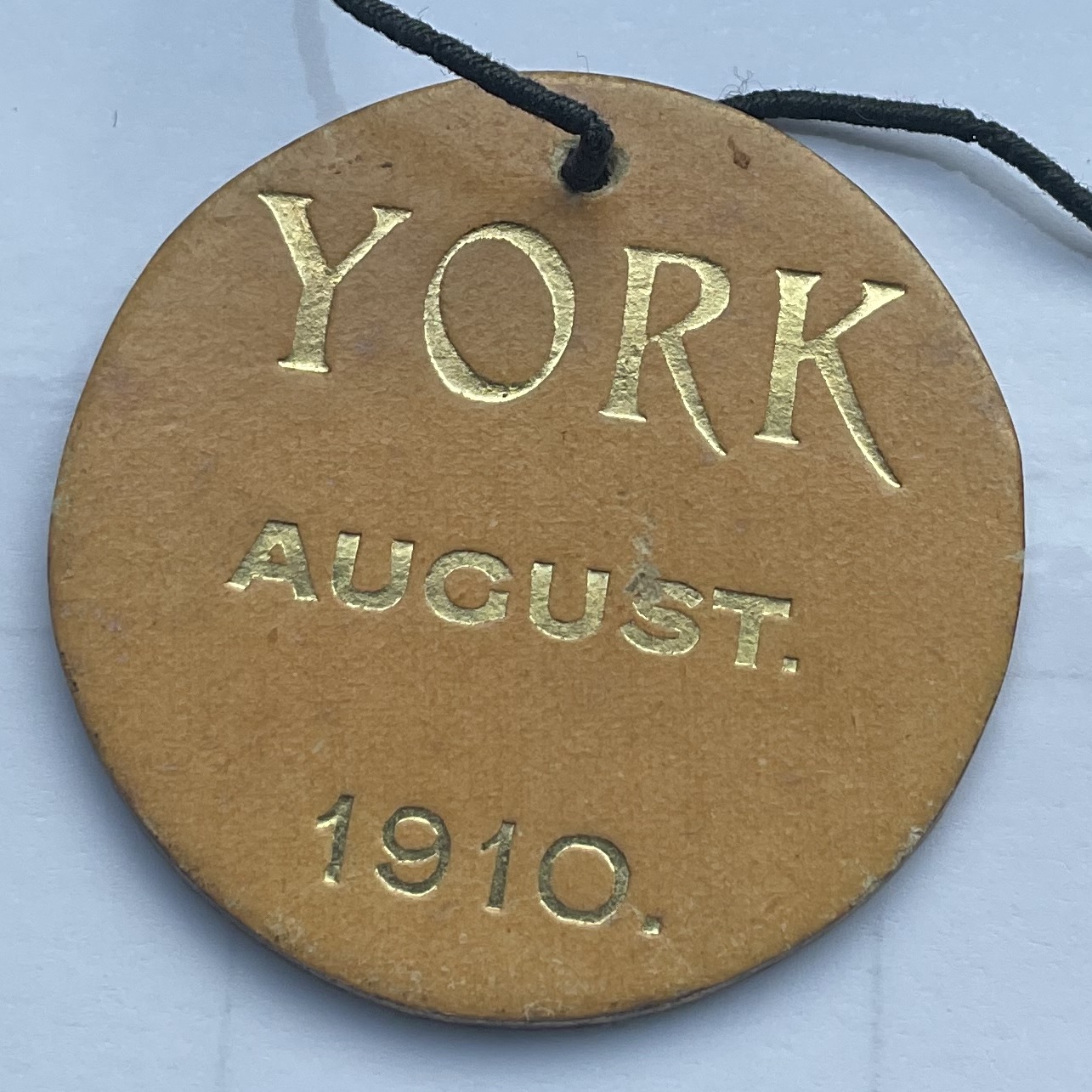
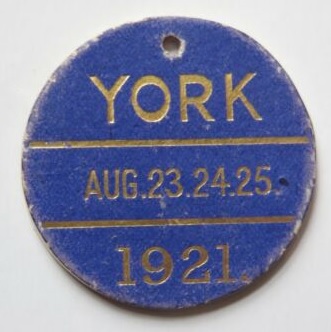
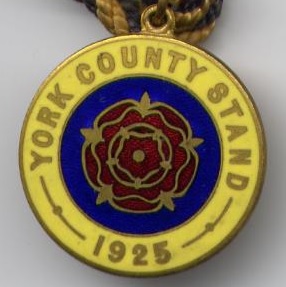
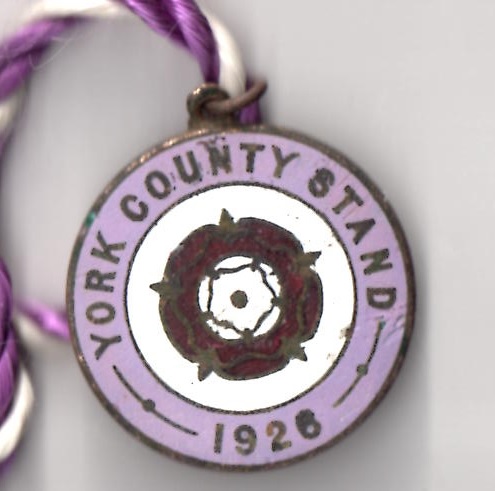
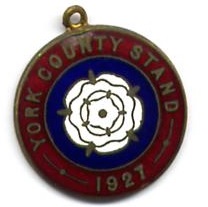
The earliest record of racing taking place in the Yorkshire town of Harrogate was in 1793 on a course laid out by Colonel Clement Wolsley, although it is known that racing of a sort took place prior to this date. Blind Jack Metcalfe, a notorious 18th Century gambler, reported that he had placed bets on races held at Harrogate in 1730 through to the 1740s. No race details were given, but the course, with a mile and a quarter circumference and breadth 16 yards, was described as a pleasant and profitable place to pass the time. The course was in Higher Harrogate with the thirsty punters well served by the Queen Hotel and Granby Hotel. The first occasion when race results were generally recorded from the town was at the two day meeting on 23rd and 24th July 1849 on a racecourse located in the centre of the town on 200 acres of open parkland called The Stray. There was then a lapse of 3 years before racing returned in October 1852 with such success that the number of meetings doubled to include a June meeting. However, success was short-lived, and the final Flat meeting took place on Tuesday 10th July 1855, closing with the Innkeepers’ Handicap Plate in which Menzir was successful.
Monday 3rd November 1856
Harrogate Handicap Hurdle twice round and 4 flights
1. Prodigal, brown horse owned by Mr Groves
2. Slender Billy, grey horse owned by Mr Clark
3. Harry, chestnut horse owned by Mr Jones
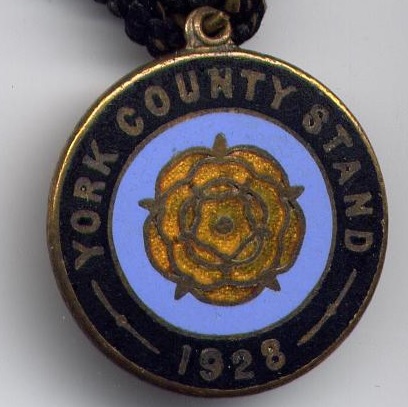
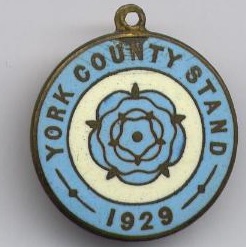

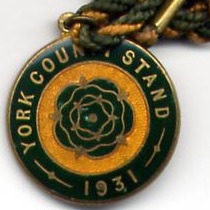


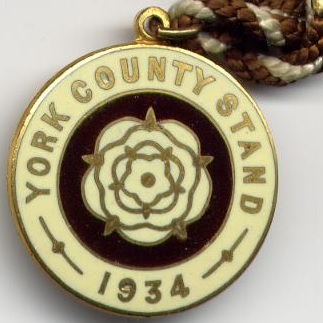
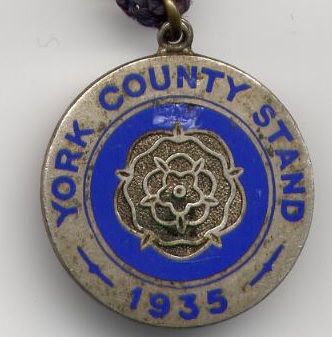
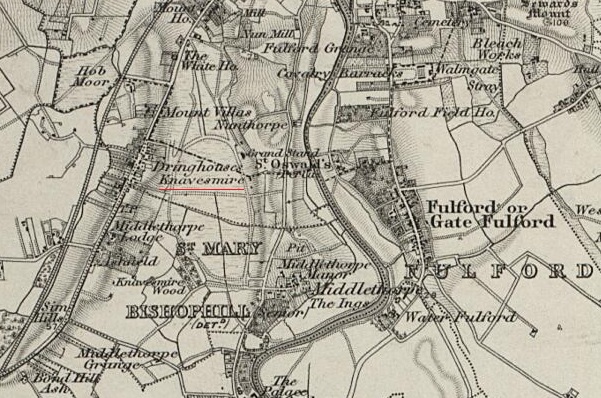

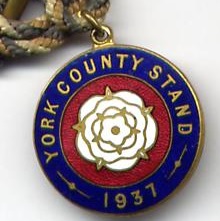
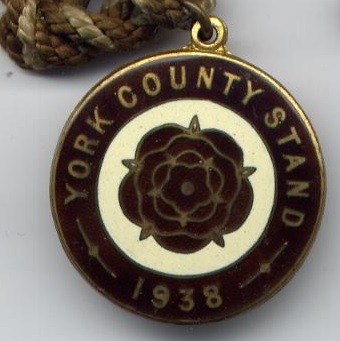
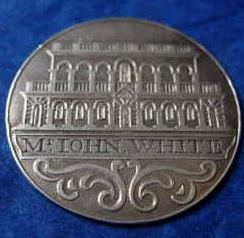
The silver racing badge, shown opposite, was issued to subscribers who were offered admittance for 100 years to the new John Carr Stand. This stand was built in 1754; two hundred and fifty shares were issued at 5 guineas each admitting the holder to the stand for 100 years. This was the period of the lease of the ground granted to the Race Committee by the Corporation. Alderman, John Carr was the architect. The building was completed for the summer meeting 1755. The stand still exists today at York racecourse, however the second tier has been lost and this stand now forms the main part of the champagne bar. The stand is shown in very clear detail on the front of the badge. The badge belonged to John White; his name is very clear upon the badge itself. The badge is numbered on the rear (62). With only 250 of these silver badges ever issued, this is an extremely rare item. A similar badge is currently on display at the York Art Museum in the Whistleblower and Stubbs exhibition. I am grateful to Stephen McCurrie for providing the details about this rare badge.

The trophy shown opposite is a Silver Gilt Cup of height 16 inches and was run as the Hundred Guinea Gold Cup, added to a Handicap Sweepstake of 25 sovereigns over 2 miles at York in 1832. The pedestal was inscribed with the names of the Stewards of the meeting, The Earl of Scarborough, Lord Kelburne and Mr R D Gascoigne esq. The race was contested on Tuesday 29th September 1832 and was won by Lady Elizabeth owned by Mr F Richardson who beat a field of 4 others. Remarkably, on the same day Lady Elizabeth won the Claret Stakes of 200 sovereigns over 2 miles beating Boubilliac.
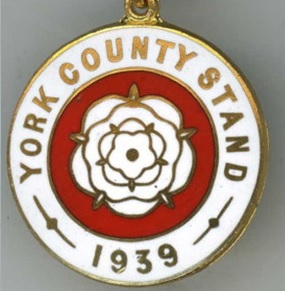
The inaugural running of the Great Ebor Handicap over 2 miles took place in 1843 when won by Pagan, owned by Colonel Cradock and ridden by Sam Templeman.
The inaugural running of the Gimcrack Stakes over 6 furlongs took place in 1846 when won by Ellerdale, owned by Captain Harcourt and ridden by T Lye.
Early Ebor (1843-1925) and Gimcrack winners (1846-1925) are available by clicking here.
In 1926 the Ebor was won by Mr S Joel's PONS ASINORUM ridden by H Wragg a 4 year old carrying 8 st 10 lbs
In 1926 the Gimcrack was won by Mr H Shaw's BOLD ARCHER ridden by H Wragg carrying 8 st 7 lbs
In 1927 the Ebor was won by Lord Derby's CAP-A-PIE ridden by W Freeman a 3 year old carrying 6 st 7 lbs
In 1927 the Gimcrack was won by Mr Neumann's BLACK WATCH ridden by G Richards carrying 8 st 12 lbs
In 1928 the Ebor was won by Mr M Field's CINQ-A-SEPT ridden by J Childs a 4 year old carrying 8 st 4 lbs
In 1928 the Gimcrack was won by Lord Dewar's THE BLACK ABBOT ridden by G Richards carrying 8 st 7 lbs
In 1929 the Ebor was won by Mr E de St Alary's BONNY BOY II ridden by T Weston a 5 year old carrying 8 st 1 lbs
In 1929 the Gimcrack was won by Sir A Bailey's RORAL ridden by R Perryman carrying 8 st 7 lbs
In 1930 the Ebor was a dead heat between GENTLEMAN'S RELISH (Mr Arkwright) a 4 year old carrying 7 st 5 lbs ridden by J Dines and COASTER (Sir Hugo Hirst) a 4 year old carrying 8 st ridden by F Fox
In 1930 the Gimcrack was won by Lord Ellesmere's FOUR COURSE ridden by F Fox carrying 8 st 9 lbs

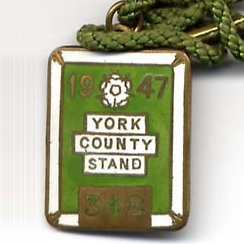

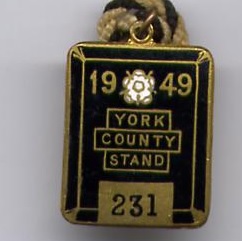



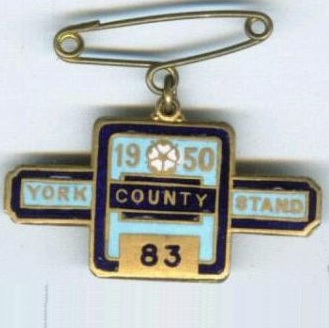
The rare handbill shown below is provided courtesy of the Robert Shaw collection.
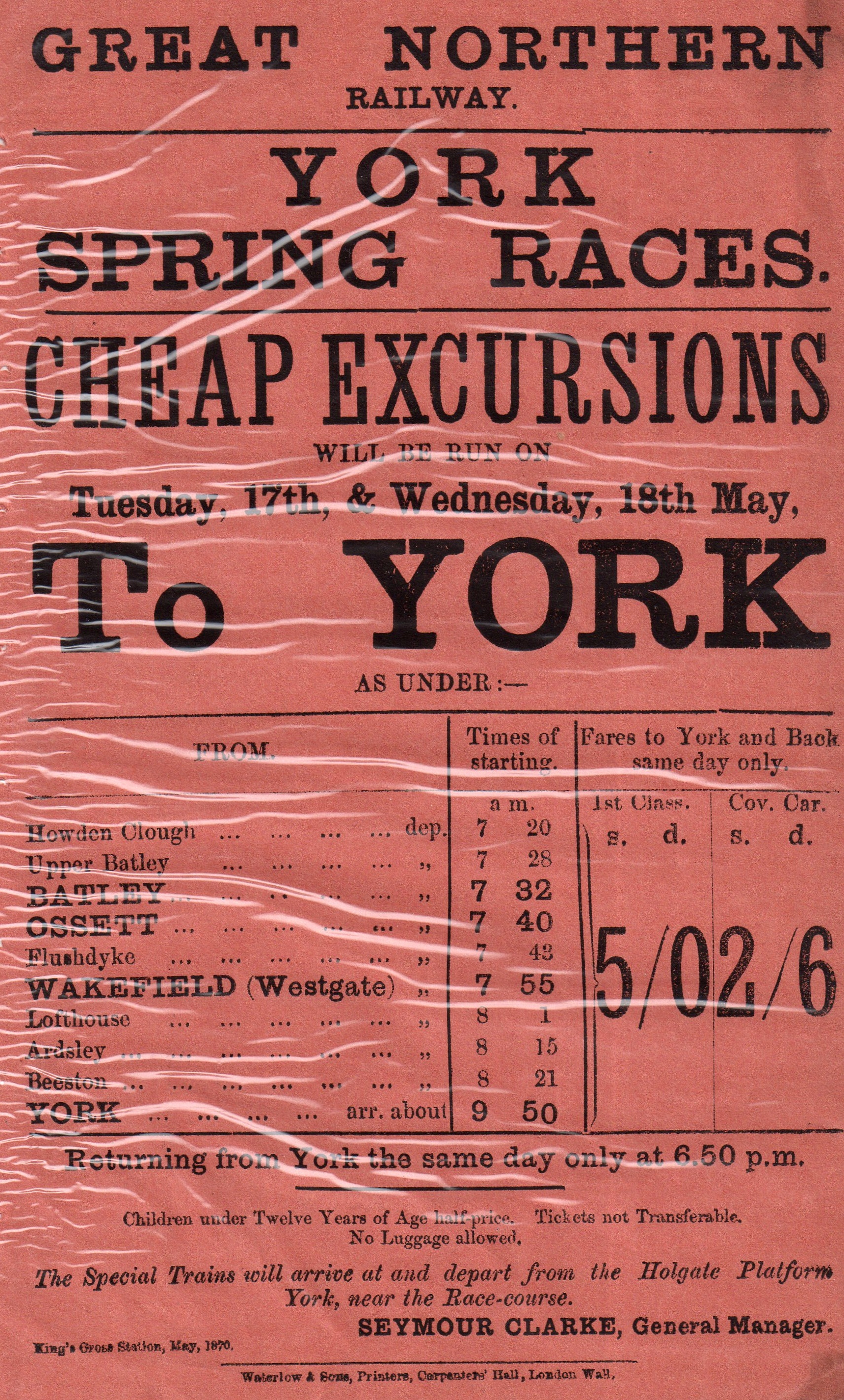
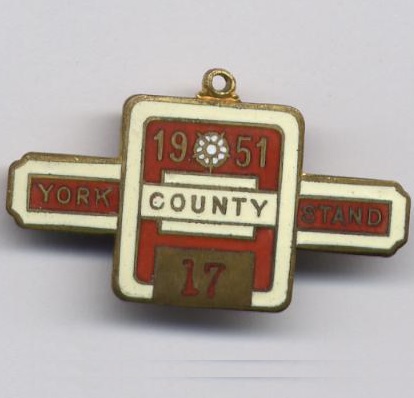
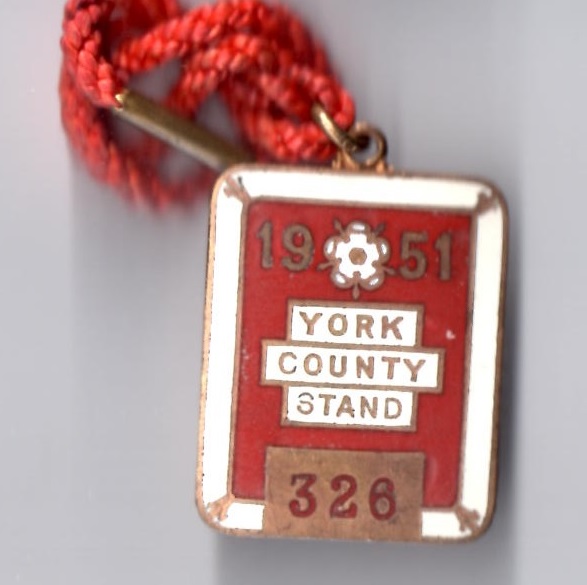
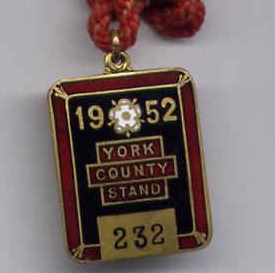
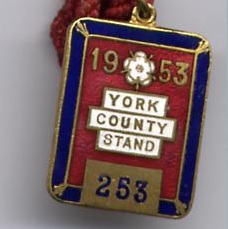
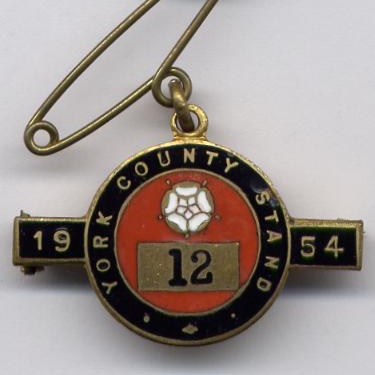
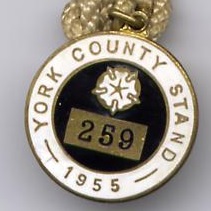
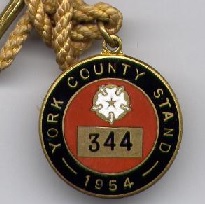
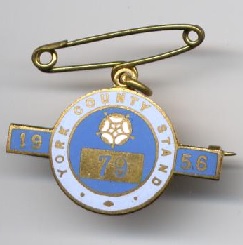
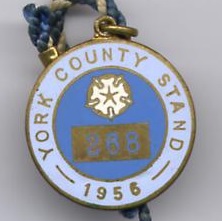
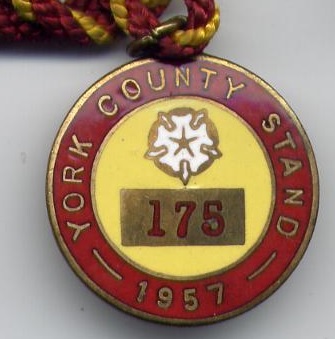
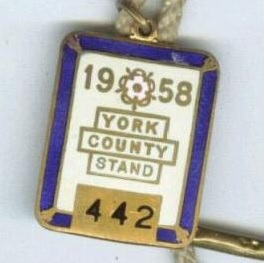
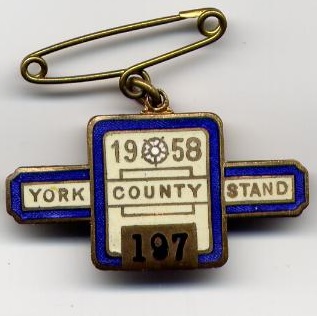
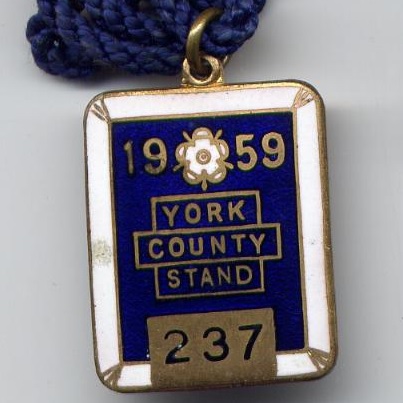
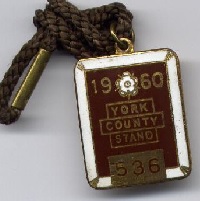
In 1931 the Gimcrack was won by Lord Rosebery's MIRACLE ridden by H Wragg carrying 8 st 7 lbs
In 1932 the Ebor was won by Mrs Carruther's CAT O'NINE TAILS ridden by G Richards a 5 year old carrying 7 st 8 lbs
In 1932 the Gimcrack was won by Sir A Butt's YOUNG LOVER ridden by R Perryman carrying 8 st 7 lbs
In 1933 the Ebor was won by Lady Smith's DICTUM ridden by J Dines a 5 year old carrying 7 st 4 lbs
In 1933 the Gimcrack was won by H H Aga Khan's MRS RUSTOM ridden by M Beary carrying 8 st 9 lbs
In 1934 the Ebor was won by Mr Woodward's ALCAZAR ridden by J Childs a 3 year old carrying 8 st 5 lbs
In 1934 the Gimcrack was won by H H Aga Khan's BAHRAM ridden by R Perryman carrying 8 st 12 lbs

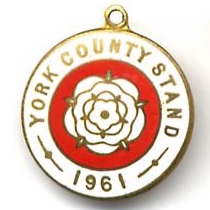
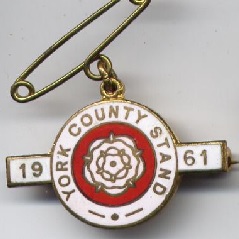
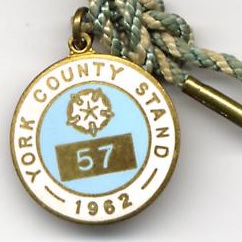
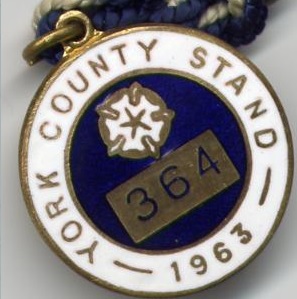
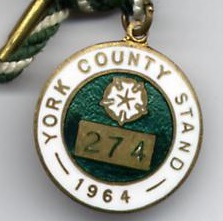
In 1935 the Gimcrack was won by Lord Milton's PAUL BEG ridden by H Gunn carrying 8 st 7 lbs
In 1936 the Ebor was won by Mr T Smith's PENNY ROYAL ridden by G Richards a 3 year old carrying 7 st 9 lbs
In 1936 the Gimcrack was won by M Marcel Boussac's GOYA II ridden by C Elliott carrying 8 st 7 lbs
In 1937 the Ebor was won by Sir A Bailey's WEATHERVANE ridden by T Weston a 4 year old carrying 7 st 10 lbs
In 1937 the Gimcrack was won by Sir A Bailey's GOLDEN SOVEREIGN ridden by T Weston carrying 8 st 7 lbs
In 1938 the Ebor was won by Mr P Beatty's FOXGLOVE I ridden by G Richards a 3 year old carrying 8 st 1 lbs
In 1938 the Gimcrack was won by Lord Derby's COCKPIT ridden by R Perryman carrying 8 st 12 lbs
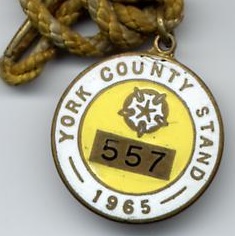
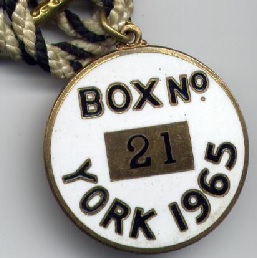

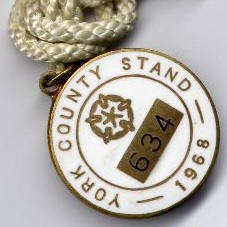
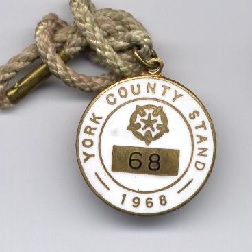
In 1939 the Gimcrack was won by Prince Aly Khan's TANT MIEUX ridden by G Richards carrying 8 st 12 lbs
In 1943 the Ebor(run at Pontefract) was won by Mr J Hetherton's YORKSHIRE HUSSAR ridden by G Littlewood a 4 year old carrying 8 st 7 lbs
In 1944 the Ebor was won by Mr G F Oxtoby's THE KERNEL ridden by P Evans a 4 year old carrying 7 st 8 lbs
In 1945 the Ebor was won by Lord Derby's WAYSIDE INN ridden by H Wragg a 3 year old carrying 8 st 6 lbs
In 1945 the Gimcrack was won by Lord Derby's GULF STREAM ridden by H Wragg carrying 9 st 0 lbs




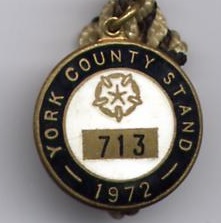
In 1946 the Ebor was won by Mr Morris's FOXTROT ridden by E Britt a 3 year old carrying 7 st 13 lbs
In 1946 the Gimcrack was won by Sir A Butt's PETITION ridden by H Wragg carrying 9 st 0 lbs
In 1947 the Ebor was won by Mr H Joel's PROCNE ridden by J Sime a 4 year old carrying 8 st 4 lbs
In 1947 the Gimcrack was won by Mr Woodburn's BLACK TARQUIN ridden by W Carr carrying 9 st 0 lbs
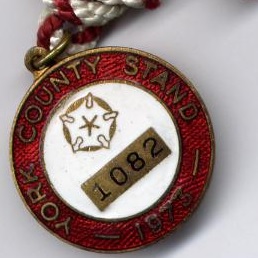
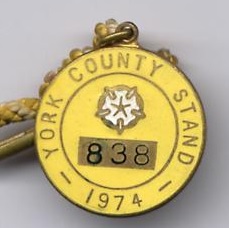
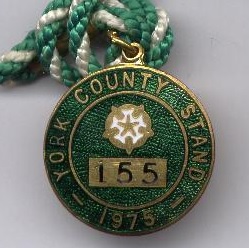
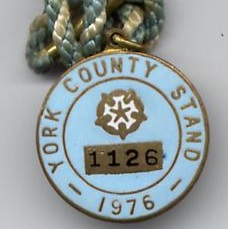
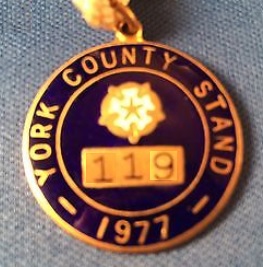
In 1948 the Ebor was won by Mr W H Cockerline's DONINO ridden by J Sime a 4 year old carrying 8 st 12 lbs
In 1948 the Gimcrack was won by Lord Harvey's STAR KING ridden by S Wragg carrying 9 st 0 lbs
In 1949 the Ebor was won by Mr H Halmshaw's MIRACULOUS ATOM ridden by W Nevett a 5 year old carrying 8 st 11 lbs
In 1949 the Gimcrack was won by H H Aga Khan's PALESTINE ridden by G Richards carrying 9 st 0 lbs
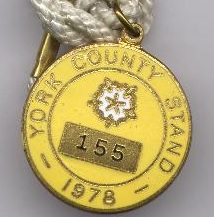
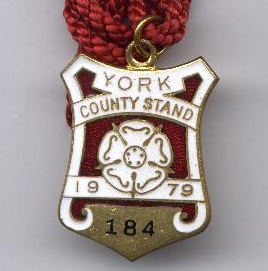
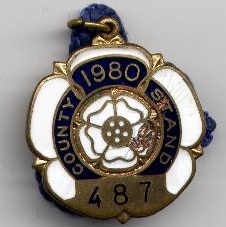
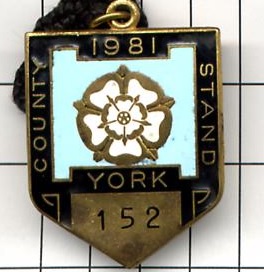
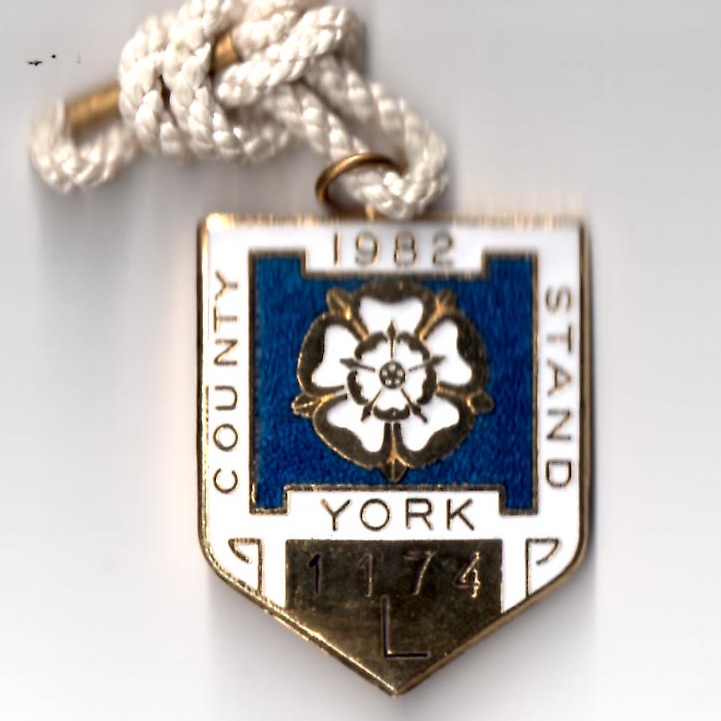
In 1950 the Ebor was won by Major G A Renwick's CADZOW OAK ridden by James Thompson a 4 year old carrying 7 st 12 lbs
In 1950 the Gimcrack was won by M Marcel Boussac's CORTIL ridden by W Johnstone carrying 8 st 7 lbs
In 1951 the Ebor was won by Bob and the Gimcrack by Windy City
In 1952 the Ebor was won by Signification and the Gimcrack by Bebe Grande
In 1953 the Ebor was won by Norooz and the Gimcrack by The Pie King
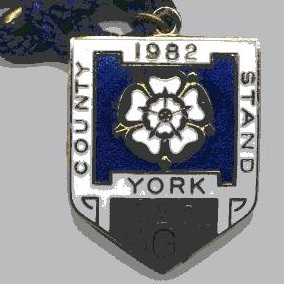
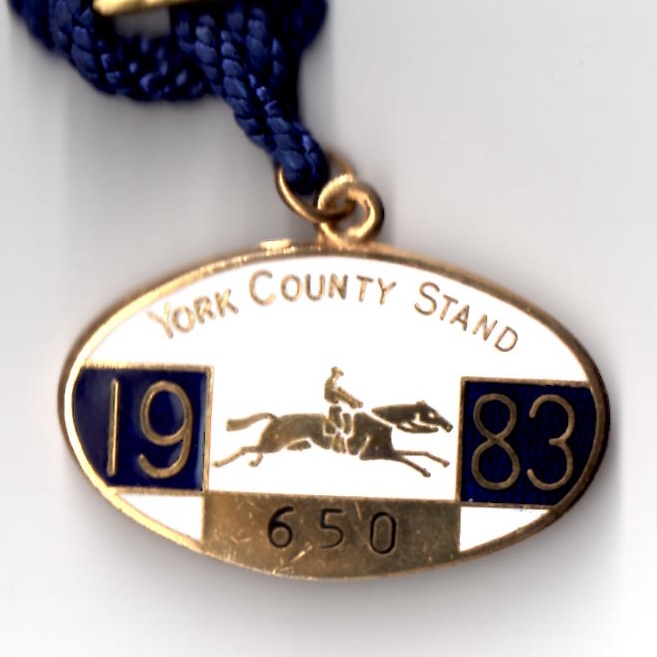

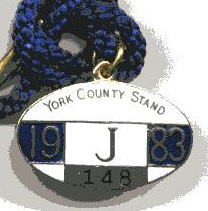
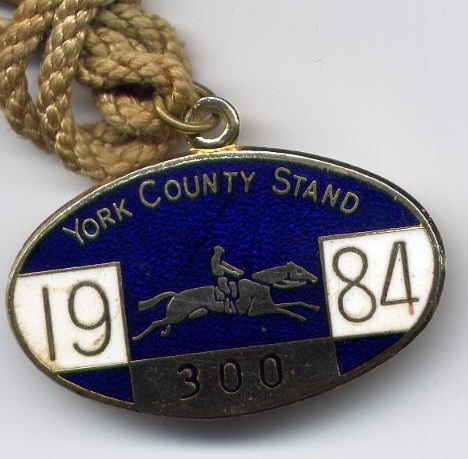
In 1954 the Ebor was won by By Thunder and the Gimcrack by Precast
In 1955 the Ebor was won by Hyperion Kid and the Gimcrack by Idle Rocks
In 1956 the Ebor was won by Donald and the Gimcrack by Eudaemon
In 1957 the Ebor was won by Morecambe and the Gimcrack by Pheidippides
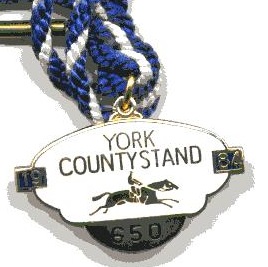
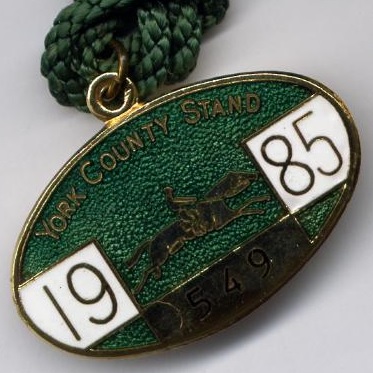
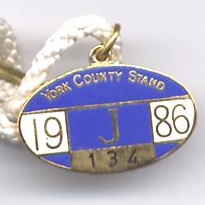
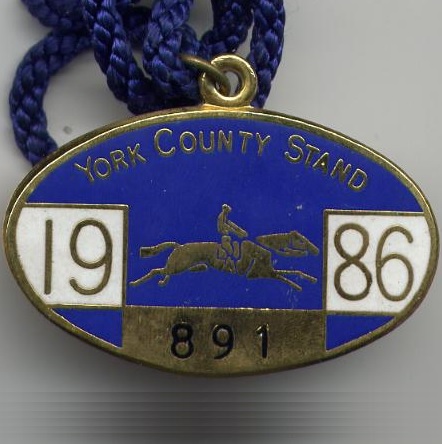
In 1958 the Ebor was won by Gladness and the Gimcrack by Be Careful
In 1959 the Ebor was won by Primera and the Gimcrack by Paddy’s Sister
In 1960 the Ebor was won by Persian Road and the Gimcrack by Test Case
In 1961 the Ebor was won by Die Hard and the Gimcrack by Sovereign Lord
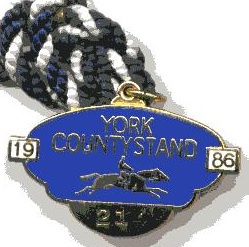
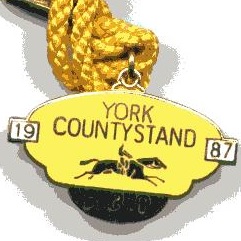
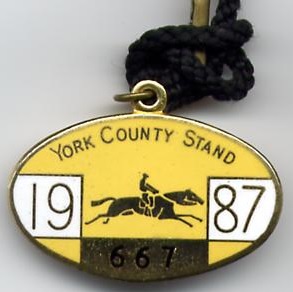

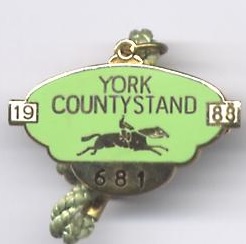
In 1962 the Ebor was won by Sostenuto and the Gimcrack by Crocket
In 1963 the Ebor was won by Partholon and the Gimcrack by Talahasse
In 1964 the Ebor was won by Proper Pride and the Gimcrack by Double Jump
In 1965 the Ebor was won by Twelfth Man and the Gimcrack by Young Emperor
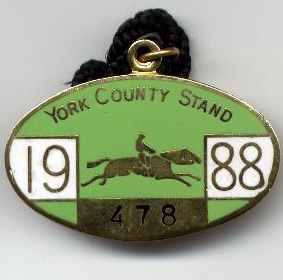
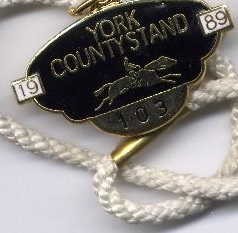
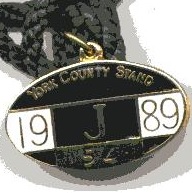
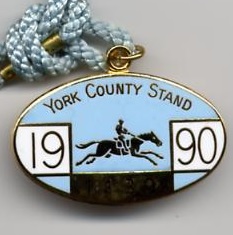
In 1966 the Ebor was won by Lomond and the Gimcrack by Golden Horus
In 1967 the Ebor was won by Ovaltine and the Gimcrack by Petingo
In 1968 the Ebor was won by Alignment and the Gimcrack by Tudor Music
In 1969 the Ebor was won by Big Hat and the Gimcrack by Yellow God
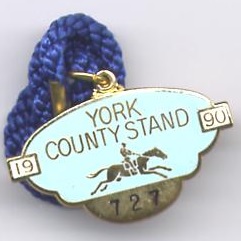
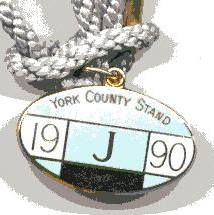
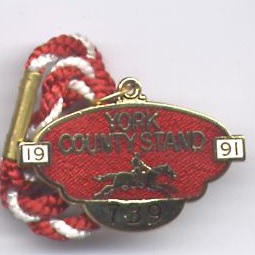


In 1970 the Ebor was won by Tintagel II and the Gimcrack by Mill Reef
In 1971 the Ebor was won by Knotty Pine and the Gimcrack by Wishing Star
In 1972 the Ebor was won by Crazy Ryhthm and the Gimcrack by Rapid River
In 1973 the Ebor was won by Bonne Noel and the Gimcrack by Giacometti
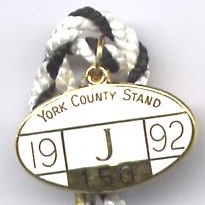
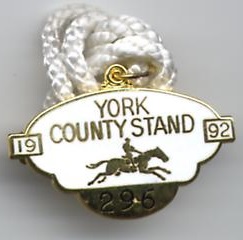
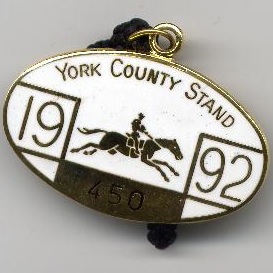
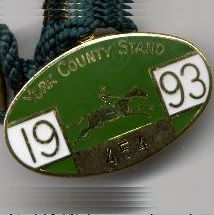
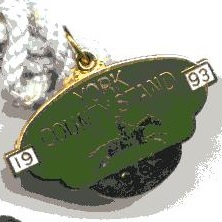
In 1974 the Ebor was won by Anji and the Gimcrack by Steel Heart
In 1975 the Ebor was won by Dakota and the Gimcrack by Music Boy
In 1976 the Ebor was won by Sir Montague and the Gimcrack by Nebbiolo
In 1977 the Ebor was won by Move Off and the Gimcrack by Tumbledownwind

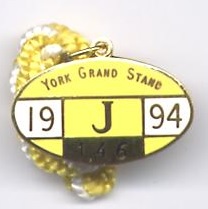

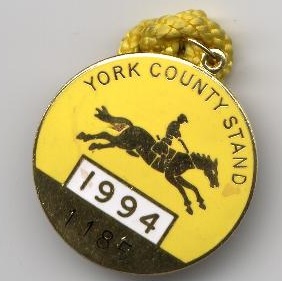
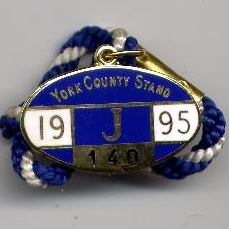
In 1978 the Ebor was won by Totowah trained by Michael Jarvis and ridden by Paul Cook, while the Gimcrack was won by Stanford
In 1979 the Ebor was won by Sea Pigeon trained by Peter Easterby and ridden by Jonjo O’Neill, while the Gimcrack was won by Sonnen Gold
In 1980 the Ebor was won by Shaftesbury trained by Michael Stoute and ridden by Greville Starkey
In 1980 the Gimcrack was won by Bel Bolide trained by Jeremy Tree and ridden by Pat Eddery
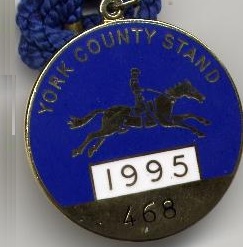
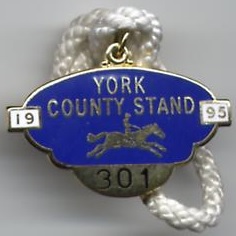

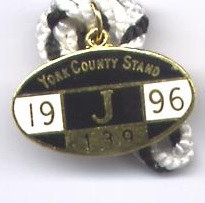
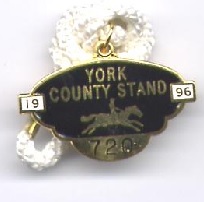
In 1981 the Ebor was won by Protection Racket trained by Jeremy Hindley and ridden by Mark Birch
In 1981 the Gimcrack was won by Full Extent trained by Steve Norton and ridden by John Lowe
In 1982 the Ebor was won by Another Sam trained by Richard Hannon Snr and ridden by Brian Rouse
In 1982 the Gimcrack was won by Horage trained by Matt McCormack and ridden by Tony Murray
In 1983 the Ebor was won by Jupiter Island trained by Clive Brittain and ridden by Lester Piggott
In 1983 the Gimcrack was won by Precocious trained by Henry Cecil and ridden by Lester Piggott
In 1984 the Ebor was won by Crazy trained by Guy Harwood and ridden by Walter Swinburn
In 1984 the Gimcrack was won by Doulab trained by Harry Thomson-Jones and ridden by Tony Murray
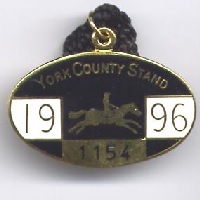

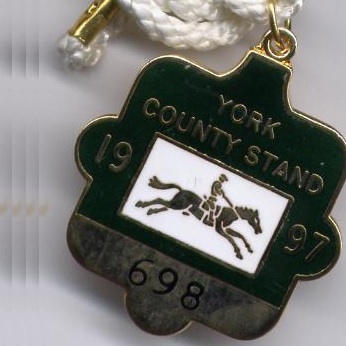
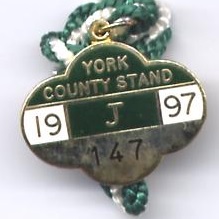
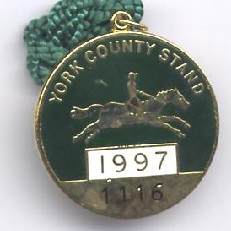
In 1985 the Ebor was won by Western Dancer trained by Con Horgan and ridden by Paul Cook
In 1985 the Gimcrack was won by Stalker trained by Peter Walwyn and ridden by Joe Mercer
In 1986 the Ebor was won by Primary trained by Guy Harwood and ridden by Greville Starkey
In 1986 the Gimcrack was won by Wiganthorpe trained by Mick Easterby and ridden by Willie Carson
In 1987 the Ebor was won by Daarkom trained by Alec Stewart and ridden by Michael Roberts
In 1987 the Gimcrack was won by Reprimand trained by Henry Cecil and ridden by Steve Cauthen
In 1988 the Ebor was won by Kneller trained by Henry Cecil and ridden by Paul Eddery
In 1988 the Gimcrack was won by Sharp N’Early trained by Richard Hannon Snr and ridden by Brian Rouse


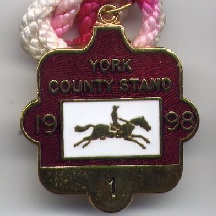
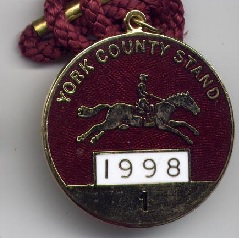

In 1989 the Ebor was won by Sapience trained by Jimmy Fitzgerald and ridden by Pat Eddery
In 1989 the Gimcrack was won by Rock City trained by Richard Hannon Snr and ridden by Willie Carson
In 1990 the Ebor was won by Further Flight trained by Barry Hills and ridden by Michael Hills
In 1990 the Gimcrack was won by Mujtahid trained by Robert Armstrong and ridden by Willie Carson
In 1991 the Ebor was won by Deposki trained by Michael Stoute and ridden by Franny Norton
In 1991 the Gimcrack was won by River Falls trained by Richard Hannon Snr and ridden by Bruce Raymond
In 1992 the Ebor was won by Quick Ransom trained by Mark Johnston and ridden by Dean McKeown
In 1992 the Gimcrack was won by Splendent trained by Paul Cole and ridden by Alan Munro

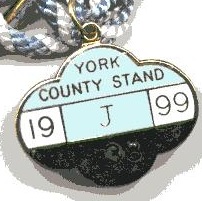
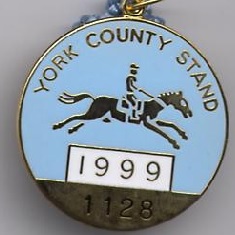
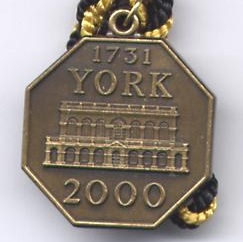
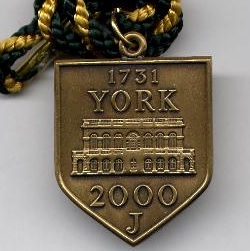
In 1993 the Ebor was won by Sarawat trained by Reg Akehurst and ridden by Richard Quinn
In 1993 the Gimcrack was won by Turtle Island trained by Peter Chapple-Hyam and ridden by John Reid
In 1994 the Ebor was won by Hasten to Add trained by Sir Mark Prescott and ridden by George Duffield
In 1994 the Gimcrack was won by Chilly Billy trained by Lynda Ramsden and ridden by Kieren Fallon
In 1995 the Ebor was won by Sanmartino trained by Barry Hills and ridden by Willie Carson
In 1995 the Gimcrack was won by Royal Applause trained by Barry Hills and ridden by Walter Swinburn
In 1996 the Ebor was won by Clerkenwell trained by Michael Stoute and ridden by Fergal Lynch
In 1996 the Gimcrack was won by Abou Zouz trained by David Loder and ridden by Frankie Dettori
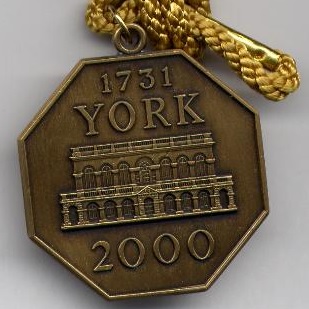
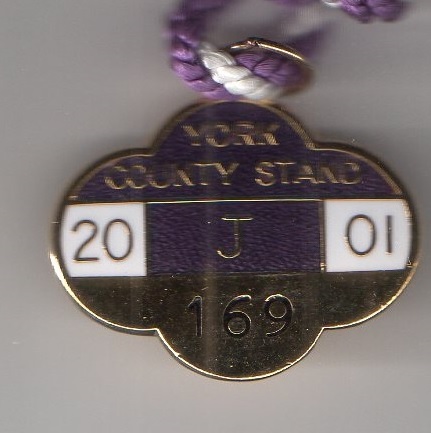
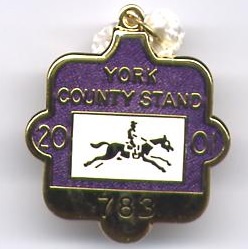

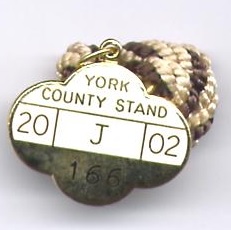
In 1997 the Ebor was won by Far Ahead trained by Les Eyre and ridden by Tyrone Williams
In 1997 the Gimcrack was won by Carrowkeel trained by Barry Hills and ridden by Pat Eddery
In 1998 the Ebor was won by Tuning trained by Henry Cecil and ridden by Kieren Fallon
In 1998 the Gimcrack was won by Josr Algarhoud trained by Mick Channon and ridden by Kieren Fallon
In 1999 the Ebor was won by Vicious Circle trained by Luca Cumani and ridden by Kevin Darley
In 1999 the Gimcrack was won by Mull of Kintyre trained by Aidan O’Brien and ridden by Michael Kinane
In 2000 the Ebor was won by Give the Slip trained by Amanda Perrett and ridden by Pat Eddery
In 2000 the Gimcrack was won by Bannister trained by Richard Hannon Snr and ridden by Johnny Murtagh
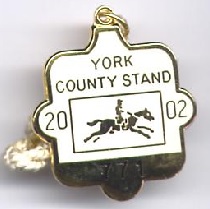

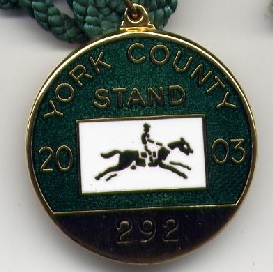
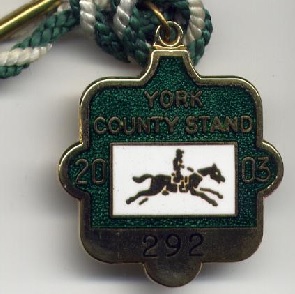

In 2001 the Ebor was won by Mediterranean trained by Aidan O’Brien and ridden by Michael Kinane
In 2001 the Gimcrack was won by Rock of Gibraltar trained by Aidan O’Brien and ridden by Michael Kinane
In 2002 the Ebor was won by Hugs Dancer trained by James Given and ridden by Dean McKeown
In 2002 the Gimcrack was won by Country Reel trained by David Loder and ridden by Frankie Dettori
In 2003 the Ebor was won by Saint Alebe trained by David Elsworth and ridden by Richard Quinn
In 2003 the Gimcrack was won by Balmont trained by Jeremy Noseda and ridden by Pat Eddery
In 2004 the Ebor was won by Mephisto trained by Luca Cumani and ridden by Darryll Holland
In 2004 the Gimcrack was won by Tony James trained by Clive Brittain and ridden by Seb Sanders
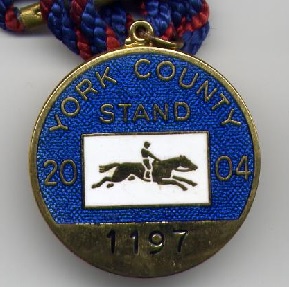

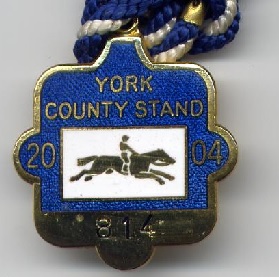
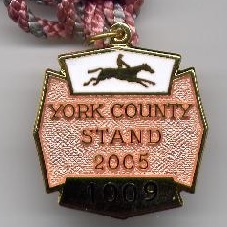
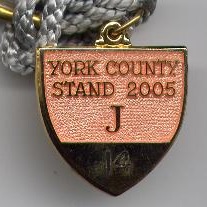
In 2005 the Ebor was won by Sergeant Cecil trained by Rod Millman and ridden by Alan Munro
In 2005 the Gimcrack was won by Amadeus Wolf trained by Kevin Ryan and ridden by Neil Callan
In 2006 the Ebor was won by Mudawin trained by Jane Chapple-Hyam and ridden by John Egan
In 2006 the Gimcrack was won by Conquest trained by William Haggas and ridden by Jimmy Fortune
In 2007 the Ebor was won by Purple Moon trained by Luca Cumani and ridden by Jamie Spencer
In 2007 the Gimcrack was won by Sir Gerry trained by James Fanshawe and ridden by Jamie Spencer
In 2008 the Ebor was won by All the Good trained by Saeed bin Suroor and ridden by Dane O’Neill
In 2008 the Gimcrack was won by Shaweel trained by Mark Johnston and ridden by Greg Fairley



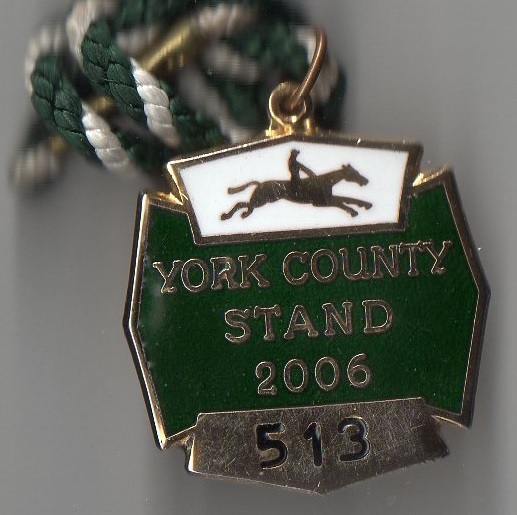
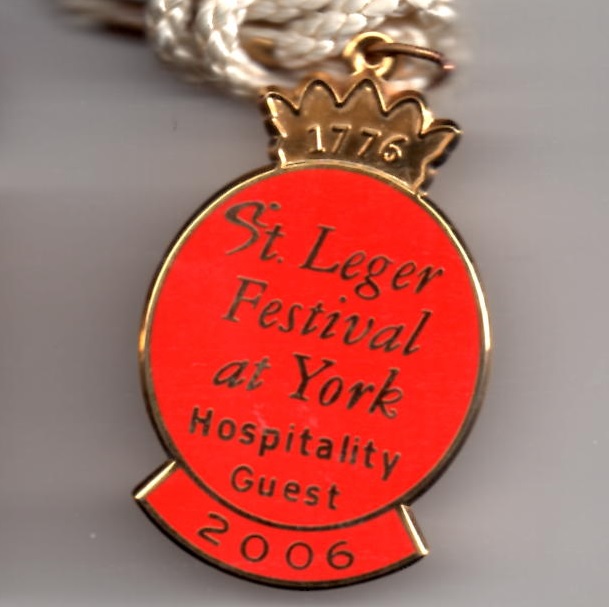
In 2009 the Ebor was won by Sesenta trained by Willie Mullins and ridden by Gary Carroll
In 2009 the Gimcrack was won by Showcasing trained by John Gosden and ridden by Jimmy Fortune
In 2010 the Ebor was won by Dirar trained by Gordon Elliott and ridden by Jamie Spencer
In 2010 the Gimcrack was won by Approve trained by William Haggas and ridden by Eddie Ahern
In 2011 the Ebor was won by Moyenne Corniche trained by Brian Ellison and ridden by Dale Swift
In 2011 the Gimcrack was won by Caspar Netscher trained by Alan McCabe and ridden by Robert Winston
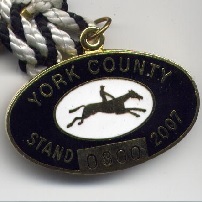
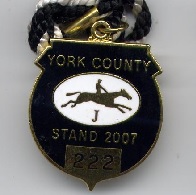
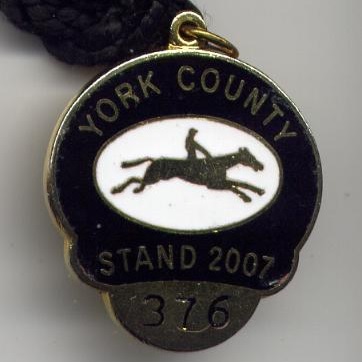
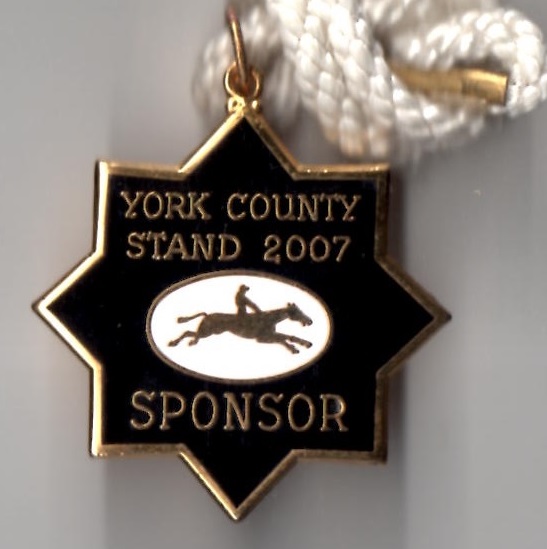
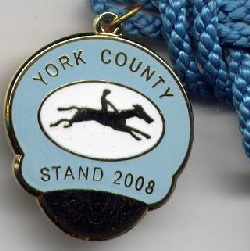
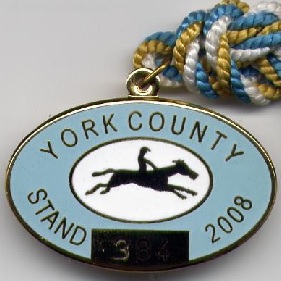
In 2012 the Gimcrack was won by Blaine trained by Kevin Ryan and ridden by Phillip Makin
In 2013 the Ebor was won by Tiger Cliff trained by Lady Cecil and ridden by Tom Queally
In 2013 the Gimcrack was won by Astaire trained by Kevin Ryan and ridden by Neil Callan
In 2014 the Ebor was won by Mutual Regard trained by Johnny Murtagh and ridden by Louis Steward
In 2014 the Gimcrack was won by Muhaarar trained by Charles Hills and ridden by Paul Hanagan
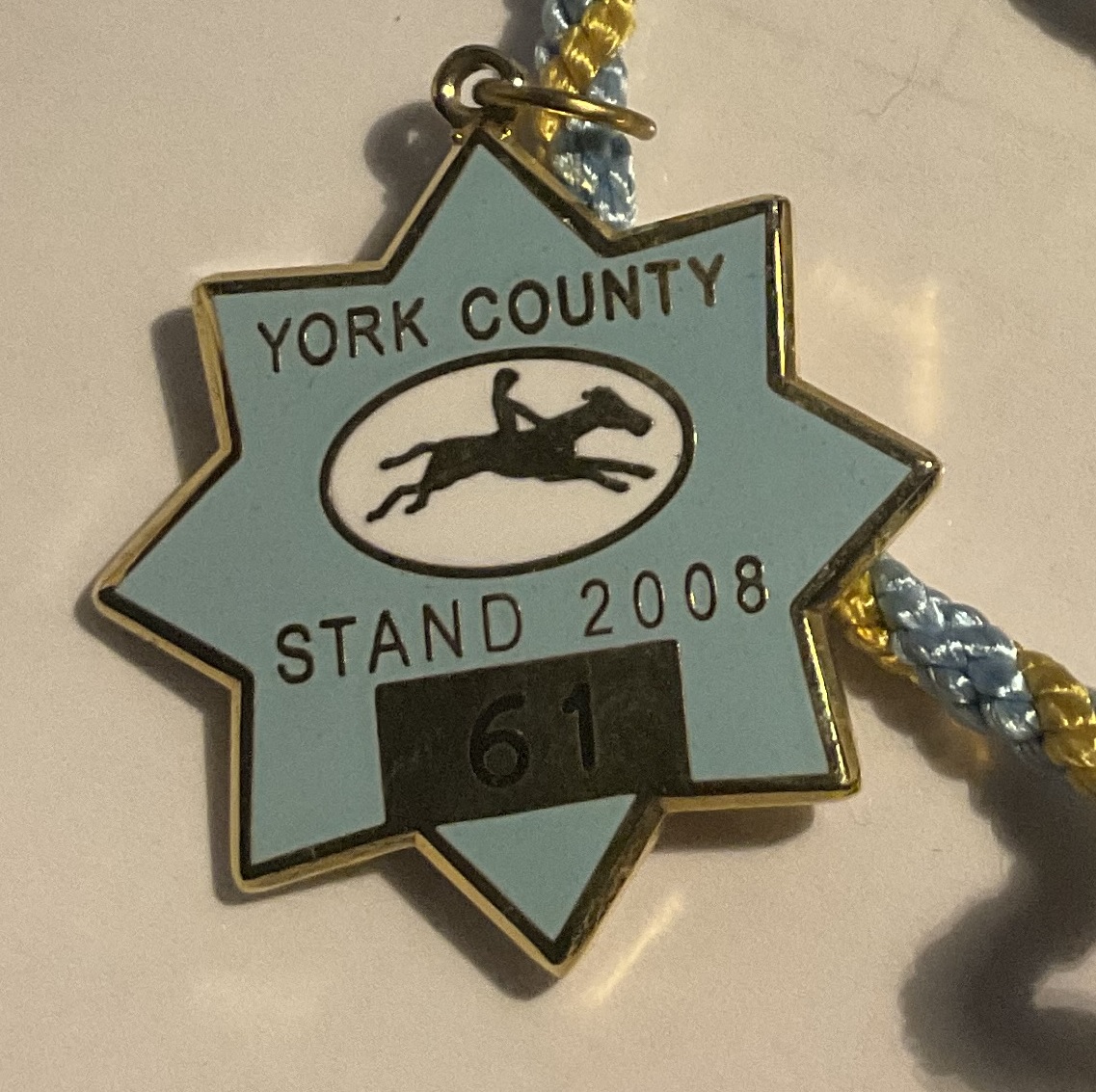
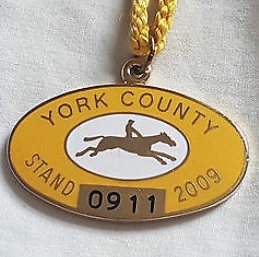
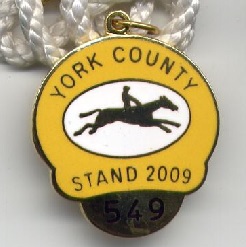
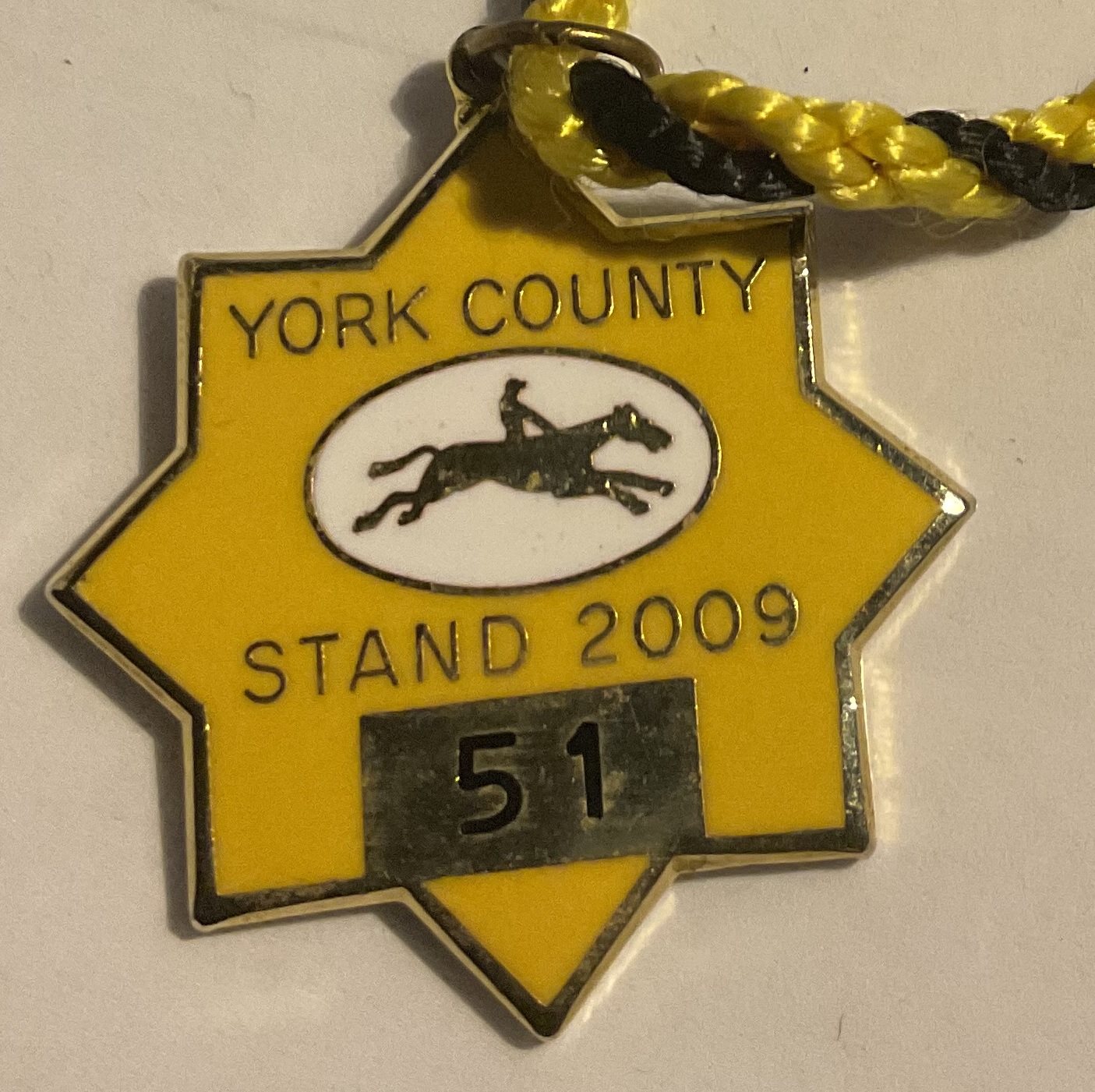
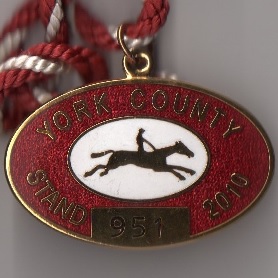
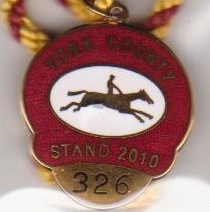
In 2015 the Ebor was won by Litigant trained by Joseph Tuite and ridden by Oisin Murphy
In 2015 the Gimcrack was won by Ajaya trained by William Haggas and ridden by Graham Gibbons
In 2016 the Ebor was won by Heartbreak City trained by Tony Martin and ridden by Adam McNamara
In 2016 the Gimcrack was won by Blue Point trained by Charlie Appleby and ridden by William Buick
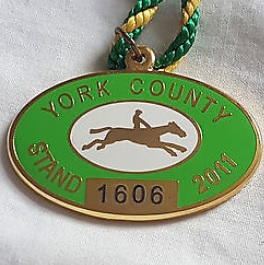

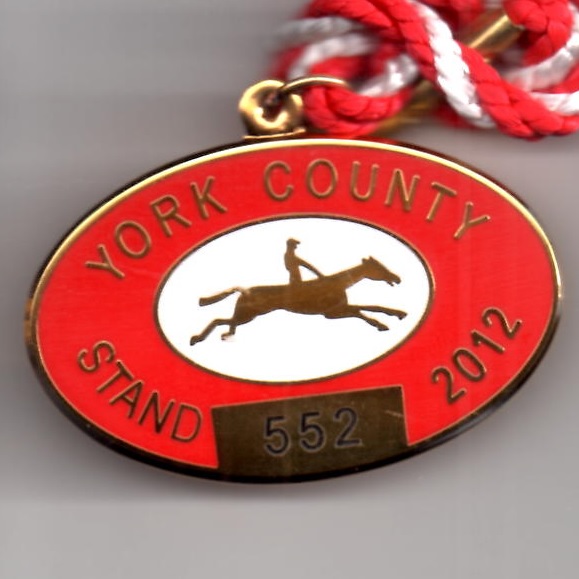
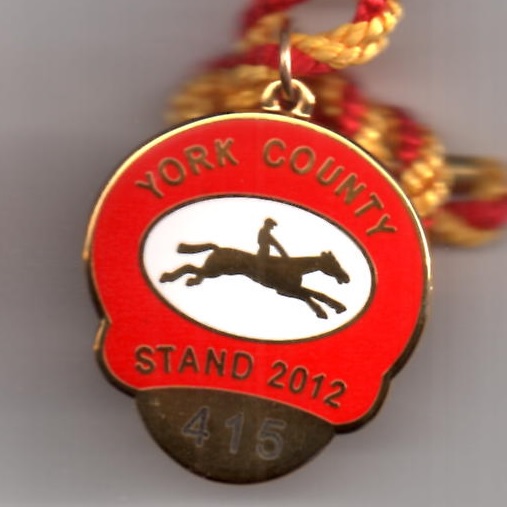

In 2017 the Ebor was won by Nakeeta trained by Iain Jardine and ridden by Callum Rodriguez
In 2017 the Gimcrack was won by Sands of Mali trained by Richard Fahey and ridden by Paul Hanagan
In 2018 the Ebor was won by Muntahaa trained by John Gosden and ridden by Jim Crowley
In 2018 the Gimcrack was won by Emaraaty Ana trained by Kevin Ryan and ridden by Frankie Dettori

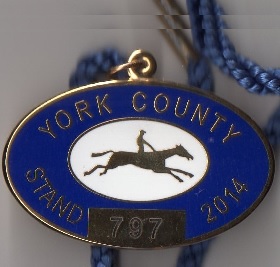

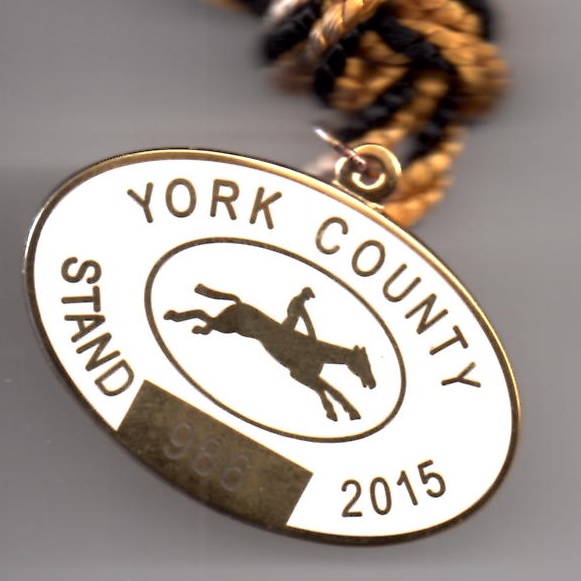

In 2019 the Ebor was won by Mustajeer trained by Ger Lyons and ridden by Colin Keane
In 2019 the Gimcrack was won by Threat trained by Richard Hannon junior and ridden by Oisin Murphy
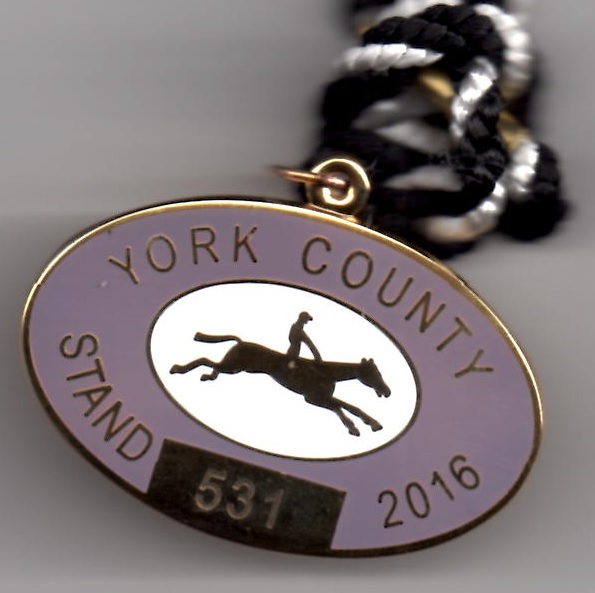
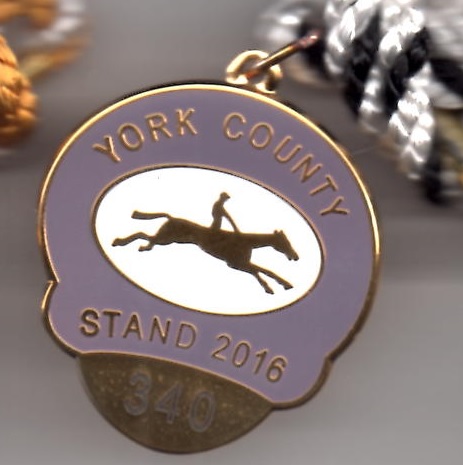

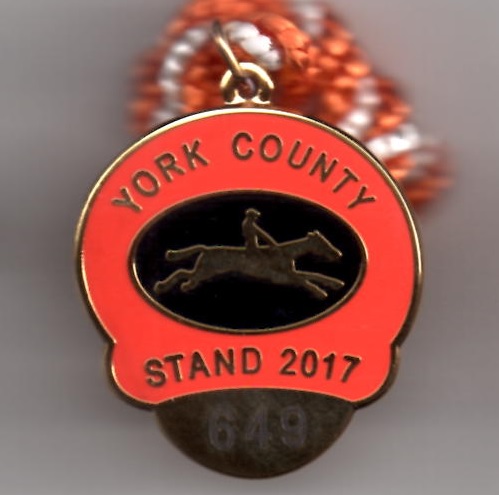

In 2020 the Ebor was won by Furaira Prince trained by Roger Varian and ridden by Andrea Atzeni
In 2020 the Gimcrack was won by Minzaal trained by Owen Burrows and ridden by Jim Crowley
In 2021 the Ebor was won by Sonyboyliston trained by Johnny Murtagh and ridden by Ben Coen
In 2021 the Gimcrack was won by Lusail trained by Richard Hannon junior and ridden by Pat Dobbs


